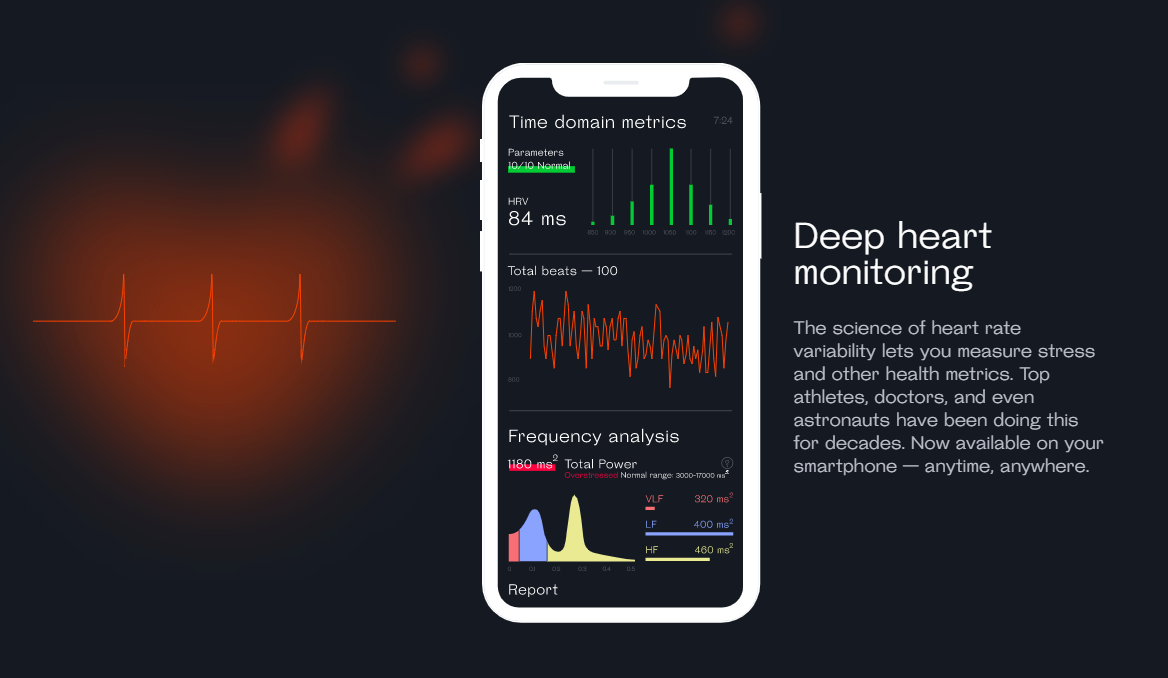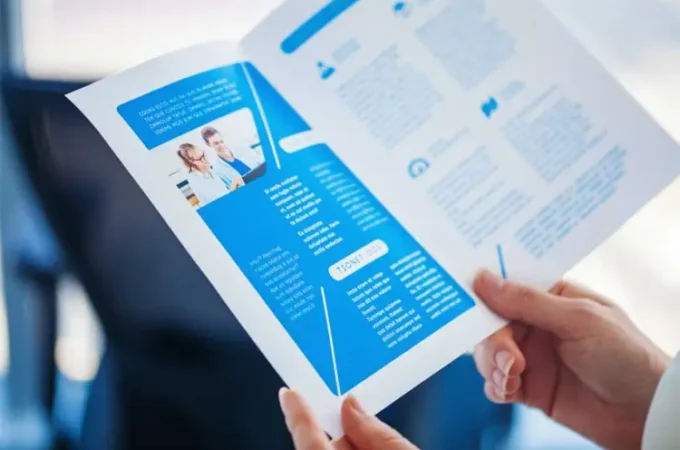
Measuring Blood Pressure With the iPhone
Recently it became known that Apple’s mobile phone iPhone secretly records an exact movement profile of its user. With a new app and an additional module, blood pressure can now also be measured and transmitted with the iPhone.
iPhone users are used to it: The market for useful and less useful applications and mini programs, so-called apps, is growing every day. There seems to be almost nothing that an iPhone can’t do. Now an app and an additional module have come onto the market with which blood pressure can be measured and controlled.
The blood pressure measuring system called Welltory consists of the Apple health blood pressure monitor, its app is available in the iTunes store: blood pressure record app. According to the manufacturer, the application should be self-explanatory and intuitive. The app displays the measured blood pressure and pulse values on the iPhone screen. The values are saved on the iPhone so that the blood pressure values over time can also be called up as a graph. The values can be forwarded to the family doctor, for example.
According to the developer, the additional module costs but the app is free. The software and module should also work with an iPod touch or an iPad.

High blood pressure under control – with the blood pressure Apple health
We are concerned with your blood pressure. Our blood pressure data app accompanies you in documenting your blood pressure values and makes it convenient and easy. Detailed evaluations will help your doctor treat you well.
Take your blood pressure self- measurement to a new level with the Blood Pressure Data App and support your doctor with meaningful diagrams and statistics. How to keep your health?
The blood pressure and weight tracker app is available as an iPhone app, and also for numerous mobile devices (including Android) with which you have access to your data anywhere.
In addition, you will find specialist knowledge in our lexicon that you can understand even without studying medicine. Our infomail even brings this valuable knowledge comfortably to your home week after week. This information will help you keep your blood pressure under control. Protect your heart!

The right cuff is important for BP sync
Devices for measuring the upper arm or wrist are available in stores. The types do not differ in terms of measurement accuracy, but application errors are more common with devices for measuring on the wrist. In general, the cuff must fit correctly during the measurement and be kept at heart level. With upper arm measuring devices, the cuff is automatically at heart level, with wrist measuring devices, attention to the correct posture is crucial. The cuff must not be too tight so as not to hinder the blood pressure before the measurement. Upper arm cuffs are placed 2 cm above the elbow and tightened so that two fingers can still fit underneath. The inflatable part of the cuff is on the inside of the arm during the measurement, the closure is on the outside. Markings on the cuff help you put it on. There are two cuff sizes for adults. Up to an arm circumference of 32 cm – measured in the middle of the arm – the normal cuff is used, beyond that the larger cuff. Some manufacturers also offer universal cuffs for sizes from 22 cm to 42 cm. This is also often asked by patients. We still recommend using two sizes of cuff. In general, 80% of the arm circumference and 50% of the length should be covered by the measuring bladder. While the 50% is usually reached, the 80% is often critical. But this 80% must also be there so that the measurement can be carried out accurately.
If a suitable upper arm cuff is not found, the patient should use a wrist measuring device. This recommendation is supported by an evaluation of 20 studies that compared the accuracy of different devices. Devices for the upper arm, forearm, wrist and finger were examined. A correctly fitting upper arm cuff was chosen as a reference. The wrist measuring devices were found to be superior to a measurement on the upper arm with a cuff that was too tight in sensitivity and specificity and to be on a par with the correctly performed upper arm measurement.




